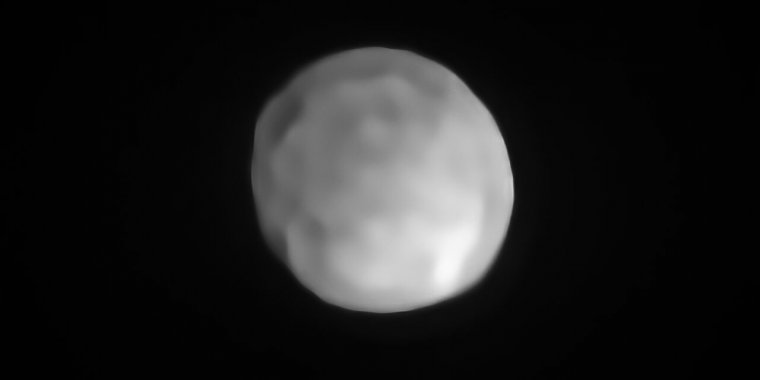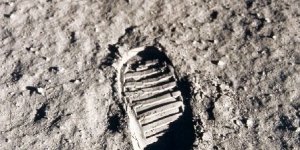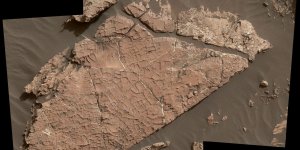| News / Space News |
ESO Telescope Reveals What Could be the Smallest Dwarf Planet Yet in the Solar System
Astronomers using ESO’s SPHERE instrument at the Very Large Telescope (VLT) have revealed that the asteroid Hygiea could be classified as a dwarf planet.

SPHERE image of Hygiea. Photo: ESO
The object is the fourth largest in the asteroid belt after Ceres, Vesta and Pallas. For the first time, astronomers have observed Hygiea in sufficiently high resolution to study its surface and determine its shape and size.
They found that Hygiea is spherical, potentially taking the crown from Ceres as the smallest dwarf planet in the Solar System.
As an object in the main asteroid belt, Hygiea satisfies right away three of the four requirements to be classified as a dwarf planet: it orbits around the Sun, it is not a moon and, unlike a planet, it has not cleared the neighbourhood around its orbit.
The final requirement is that it has enough mass for its own gravity to pull it into a roughly spherical shape.
The team also used the SPHERE observations to constrain Hygiea’s size, putting its diameter at just over 430 km. Pluto, the most famous of dwarf planets, has a diameter close to 2400 km, while Ceres is close to 950 km in size.
Surprisingly, the observations also revealed that Hygiea lacks the very large impact crater that scientists expected to see on its surface, the team report in the study published today in Nature Astronomy.
Hygiea is the main member of one of the largest asteroid families, with close to 7000 members that all originated from the same parent body.
Astronomers expected the event that led to the formation of this numerous family to have left a large, deep mark on Hygiea.
The team decided to investigate further. Using numerical simulations, they deduced that Hygiea’s spherical shape and large family of asteroids are likely the result of a major head-on collision with a large projectile of diameter between 75 and 150 km.
Their simulations show this violent impact, thought to have occurred about 2 billion years ago, completely shattered the parent body. Once the left-over pieces reassembled, they gave Hygiea its round shape and thousands of companion asteroids. (ESO)
YOU MAY ALSO LIKE





